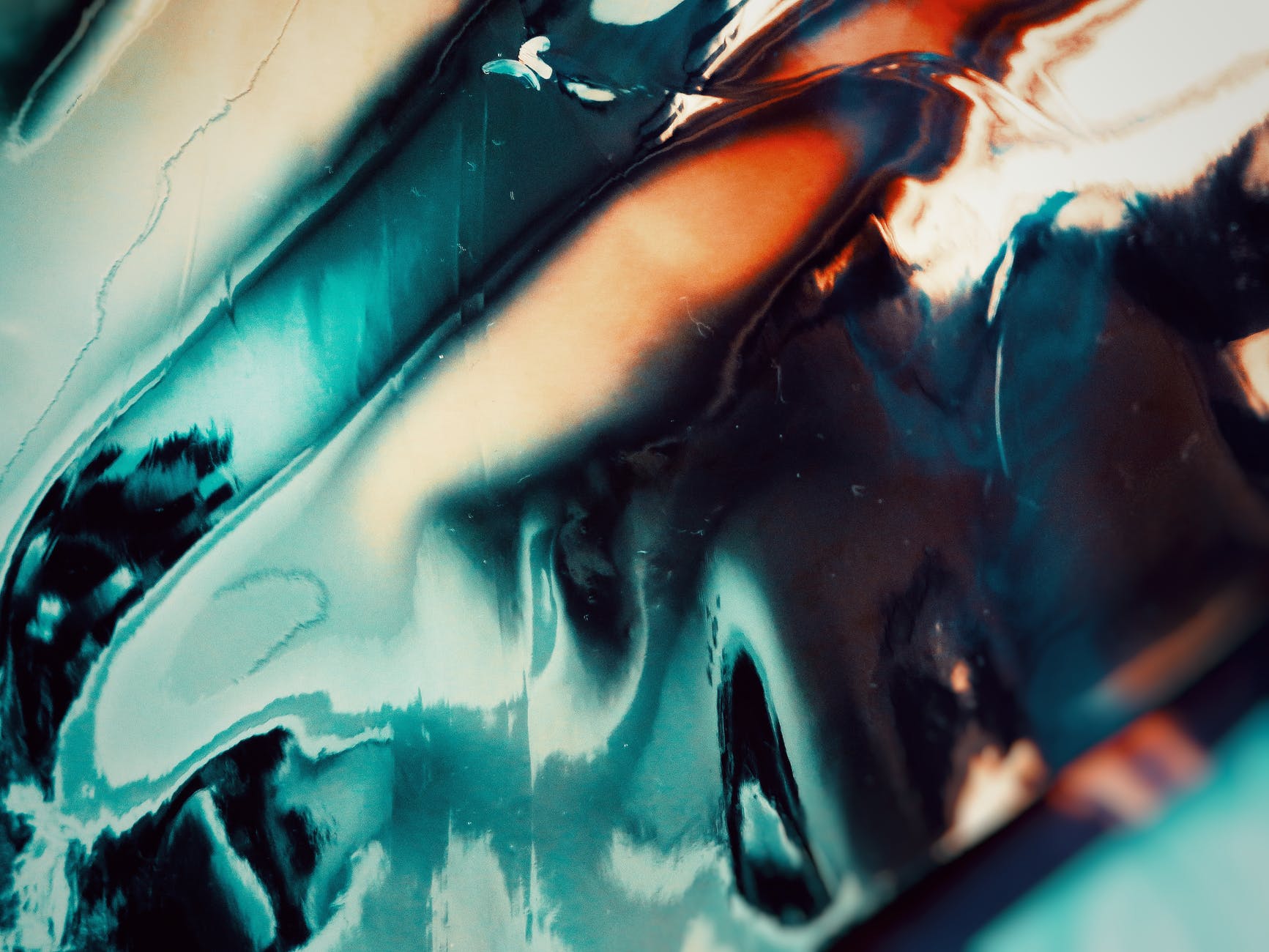Images
Guidelines for including images in digital products.
On this page:
Best Practices
- Use meaningful images to enhance the content.
- Avoid decorative images.
- Avoid using images of swamps, alligators, or cultural images unless they are real information.
Content Images
Content images are images which have meaningful information in them.
- Content images should contain Alt Text.
- Apply
img-fluidto images to make them responsive. This makes the image fit its parent container. Height is automatically adjusted by the browser to preserve the aspect ratio. - You may optionally add the
roundedclass to put rounded corners on the image.

<div class="row mb-12">
<div class="col-12 col-md-6 col-lg-4">
<img alt="Laptop, filled coffee cup, notepad, pen, and phone on a desk." class="img-fluid rounded" src="/img/photos/pexels-photo-5077047.jpeg">
</div>
</div>Decorative Images
Non-content images may be requested by the Stakeholders and Project Owners. In this case, consider the following guidelines:
- Try to use images which do not distract from the content.
- Content images should use Alt Text with an empty value.

<div class="row mb-12">
<div class="col-12 col-md-6 col-lg-4">
<img alt="" class="img-fluid rounded" src="/img/photos/pexels-photo-2317711.jpeg">
</div>
</div>Writing Alt Text
When writing alt text, keep the following in mind:
- Be specific; describe the image for users who cannot see them.
- Keep it short as possible, but descriptive. Try to keep it around 250 characters.
- Don’t include phrases like “Image of…” or “Picture of…”
- Use a simple, descriptive sentence and the appropriate punctuation.
- Alt text describes the image, it’s not a caption.
- Alt text does not need to include any copyright information.